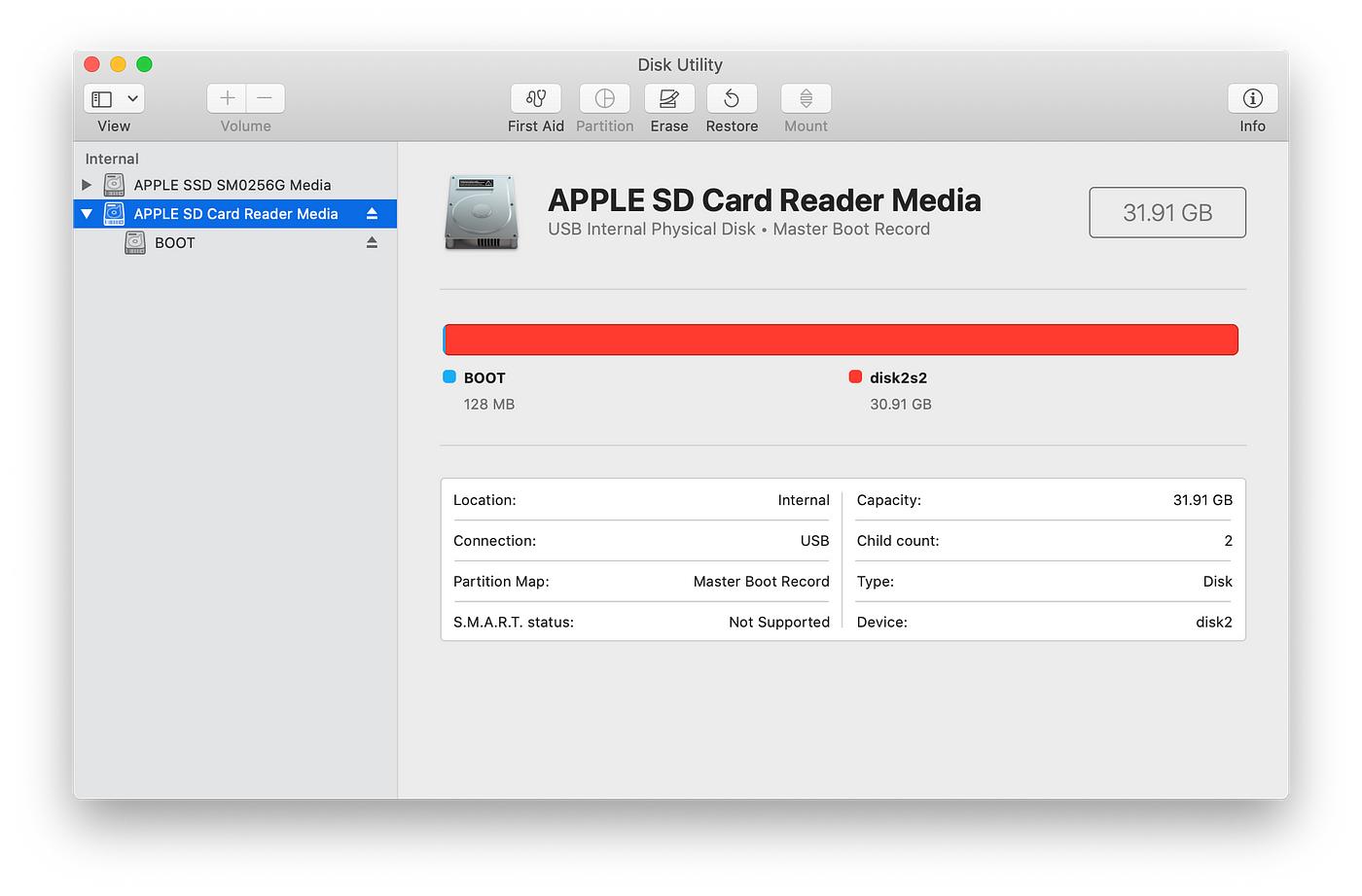

Raspberry Pi: Essential hardware, obviously, since this is the title of the paper! There are many sources and I leave that to the reader. Unless specifically noted otherwise, no endorsement of hardware, software, or other items is intended in the discussion below. Talk from Hack The Sea 2.0 at DEF CON 28 (2020). To get a lot more information, check out the USCG Navigation Center's Automatic Identification System Overview, IALA's An Overview of AIS (Edition 2), or the automatic identification system (AIS) article at Wikipedia.įor your viewing pleasure, see my Build A Raspberry AIS

I hope that this page accomplishes that goal.įor purposes of this paper, I am assuming that readers understand the fundamentals of AIS.

While I don't want to repeat all of those sites and, hopefully, I won't I wanted to put everything into one place, particularly for other AIS researchers who are looking for a push up the learning curve. There are many documents on the Internet that describe various aspects of using a Raspberry Pi to create a marine Automatic Identification System (AIS) display.
#Raspberry pi mac emulator file system Bluetooth
Most users use some form of the Linux operating system on the Raspberry Pi equipped with several USB ports, quad-core processor, an IEEE 802.3/Ethernet port, IEEE 802.11 WiFi and Bluetooth capability, HDMI connector, audio output, and a general-purpose input/output (GPIO) bus, it is a very powerful tool for research, exploration, teaching, and learning. Since its introduction in 2012, it has emerged as a widely-used platform for embedded system research and project hobbyists. The Raspberry Pi is a family of low-cost, single-board computers developed by the Raspberry Pi Foundation in the U.K. AIS & Raspberry Pi AIS RESEARCH USING A RASPBERRY PI


 0 kommentar(er)
0 kommentar(er)
